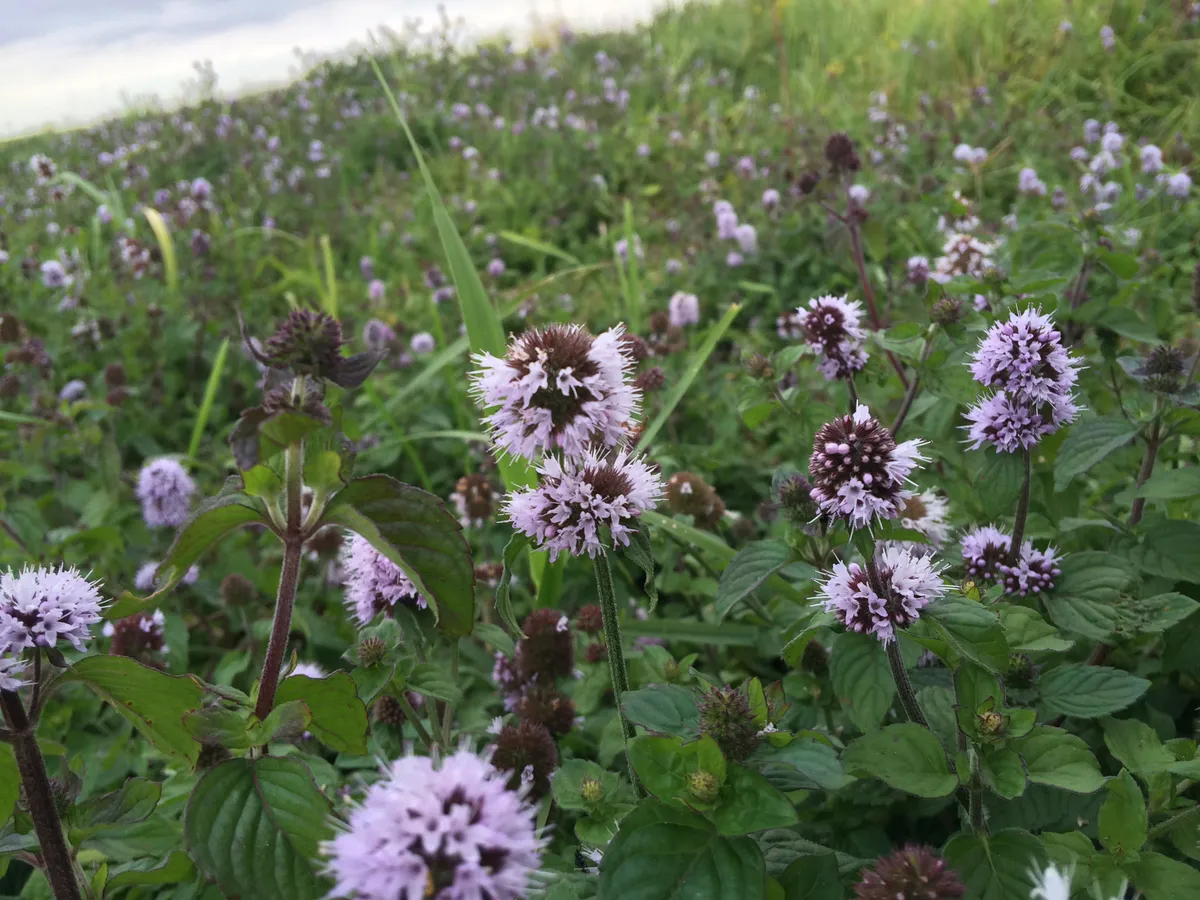A rare beetle species has been found at a Wetland and Wildfowl Trust (WWT) reserve in Norfolk, and it is the first time it has been recorded in the county.
Prior to this wildlife record at WWT Welney, the tansy beetle was only known at two sites in the UK.
Its distribution is so limited as it feeds on just a few species – in York, the population seems to only feed on tansy. Land-use changes and invasive species have caused a decline in tansy plants.
However the new population at WWT Welney has been seen feeding on marsh woundwort, gipsywort and water mint.
“This beautiful beetle is about 10mm long, iridescent green with stripes of red and gold, it is lovely to see,” says WWT Welney warden Hetty Grant.
“It was thought to be restricted to just Woodwalton Fen and the River Ouse in York, so it was astonishing to have it found on our reserve by ecologists Steve Lane and Andy Brown.”
The tansy beetle, often described as ‘The Jewel of York’, is a protected species and listed as endangered in the UK.
One of the problems with surveying this species is that it looks extremely similar to the mint beetle, which is found in southern England and the Midlands. Both species are part of the Chrysolina genus in the leaf beetle family Chrysomelidae.
It is sparsely distributed across continental Europe, and can also be found in central Asia and China.
Although small, the population at WWT Welney has been recorded at several stages in the lifecycle.

Conservationists are hoping that the species will gain a foothold at the reserve and its population will grow in size, and they intend to try to make corridors between existing populations and make more favourable habitat and feeding areas.
“We could never have expected to find this natural jewel in Norfolk. Its discovery here is unprecedented,” says Steve Lane.
“We now need to ensure that its future is secure at the site through considered research, management and monitoring of the population and its habitat.”
